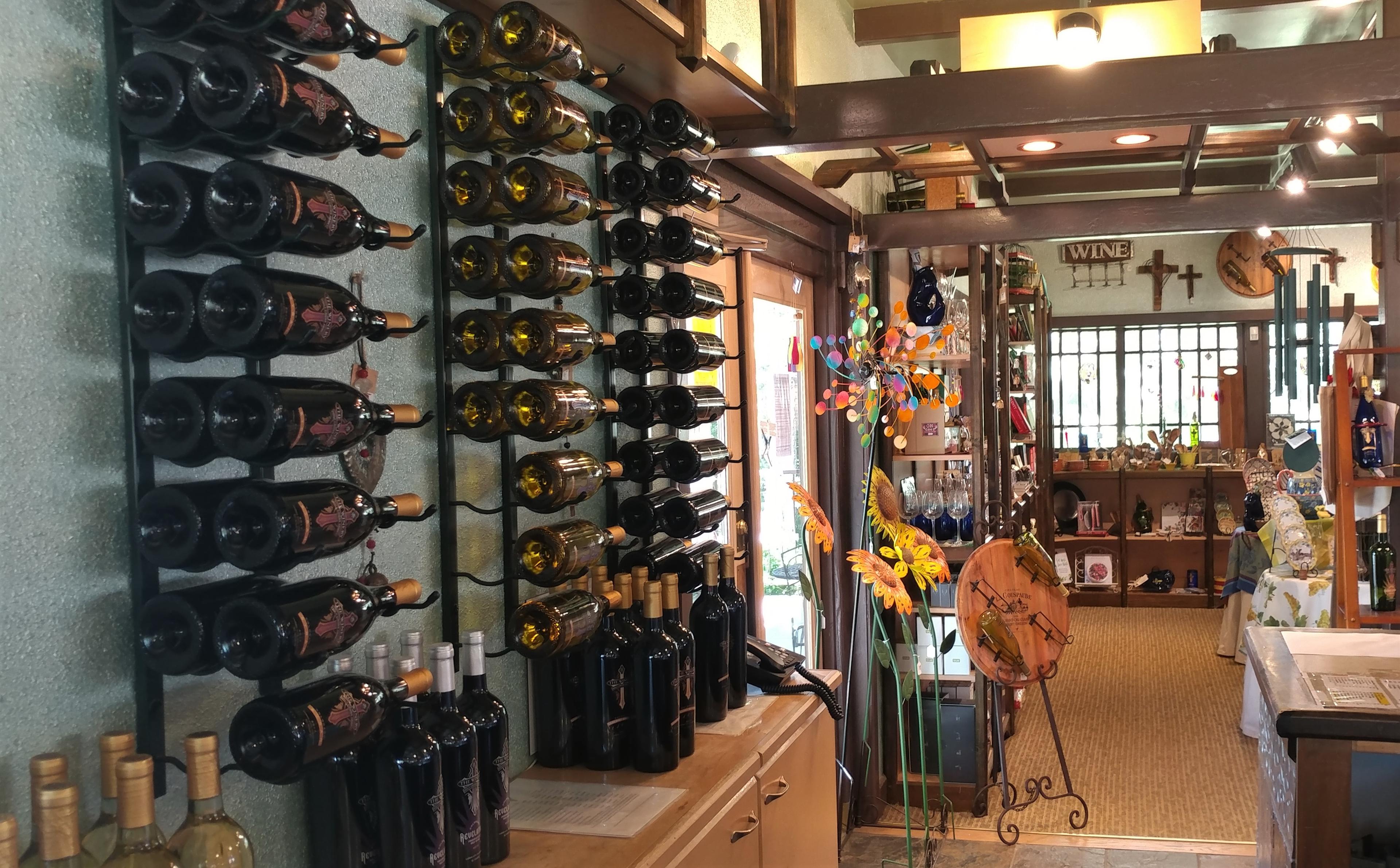
The Loveland Visual Arts Commission hired local artist Margie Ellis to paint the mural on a transformer box in the driveway facing the Loveland Bilingual Church last summer as part of its public art program.
In October, church leader Pastor Luis Campos requested the city remove the mural, or move it to another location.
Campos declined an interview request. But in a letter addressed to the Visual Arts Commission he writes:
“Since the painting was completed, our congregants, both elderly and the young, have repeatedly expressed a dislike for the image. We have even had calls from community members who drive by and share our sentiment. Our many children, who include preschoolers, are afraid of the portrait that faces their playground.”
Ellis, a 48-year-old grandmother, recently returned to school to become an art educator. She balances two part time jobs while continuing to look for employment as an artist or teacher.
“I kind of took it to heart,” Ellis says of the church’s criticisms. “That’s not my intent to scare the children.”
Loveland’s Visual Arts Commission paid the artist $1750 for her piece. It was one of Ellis’s first professional commissions.
Initially Ellis agreed to alter the painting to appease the congregation. But after some reflection, the artist changed her mind because she thought that making changes to her work might create a precedent that would lead to more censorship requests for other artists in the future.
Instead, Ellis offered to go to the church and explain her work to the children of the congregation. “They could tell me what they find scary and we could have a discussion,” Ellis says.
That discussion at the church never happened.
The debate over the mural was cut short when a Canadian artist came forth with allegations of plagiarism.

“She saw it and said I think this looks familiar,” McGowan says. “She sent me a thing and was, like, is this yours? Did you do this?”
Ellis says she never intended to steal McGowan’s work.
“I did use her image to reference from, to draw inspiration from,” Ellis says . “I’d always been taught if you alter the image that’s okay.”
Jane Carol Ginsburg, the Morton L. Janklow Professor of Literary and Artistic Property Law at Columbia Law School, says the two images are similar. However, a court could rule either way in this type of case, the lawyer believes.
“The fair use defense may enable the appropriating artist to resist the infringement charge,” Ginsberg says. “The second artist must prove he or she has changed the work either by altering the image or altering the context of the image.”

According to Sherri Kuhlmann, the head of Loveland’s Visual Arts Commission, her team determines the placement of public artworks by sending out a representative to scout the designated location. In the case of Ellis’s mural, Kuhlmann says that a city employee drove out to the site on Wilson Avenue, did a 360 degree turn, and saw nothing amiss.
“There isn’t a steeple or bell or anything,” Kuhlmann says of The Loveland Bilingual Church, an inconspicuous rectangular structure whose sign is partially obstructed by trees.
Kuhlmann says initially she was in favor of moving Ellis’s mural to another location away from the church. “I felt like the Visual Arts Commission sort of did not do its best job in placing this particular box.”
Kuhlmann says the public art piece had just become too big and polarizing an issue even before the allegations of plagiarism surfaced.
“That was sort of the straw that broke the camel’s back for me.”
In the end the commission voted unanimously to remove the mural.
While the disagreement with the church is likely to be put to rest when the mural is removed, the plagiarism issue may never be resolved: McGowan is sympathetic towards Ellis and says that she is not planning to sue the Loveland artist. “I don’t think any malice was intended,” McGowan says.
McGowan referred Ellis to some resources for stock image galleries that are free to use and created exactly for this purpose and wrote her an encouraging email.
“I’m sorry that this whole situation caused so much drama for you, especially with the church and their comments on the nature of the image," McGowan writes in her email. "I hope this does not dissuade you from continuing to do the art you enjoy doing for yourself and evolving as an artist.”
For now, the controversial mural still remains in place in the driveway facing the Loveland Bilingual Church.
The city coated the public art piece with anti-graffiti paint which it says will be difficult to erase. Loveland’s Water and Power department is researching removal methods. The transformer box may need to be sanded down.
Officials say the removal should take place relatively soon but have yet to set a date.
For her part, Ellis says that she has learned a lot from the experience and that she won’t take any chances in the future.
“It’s going to be all my original work,” Ellis says. “There can be no ifs ands or buts about did you seek the artists permission.”








